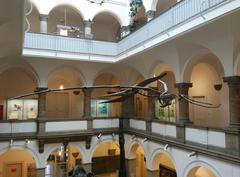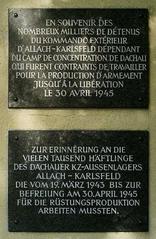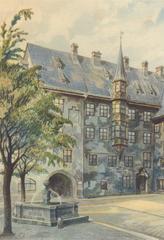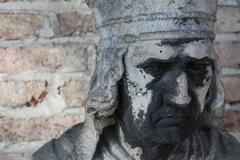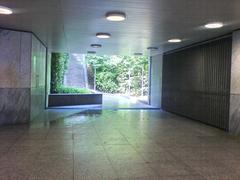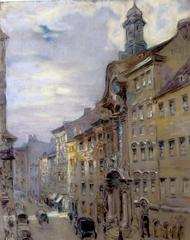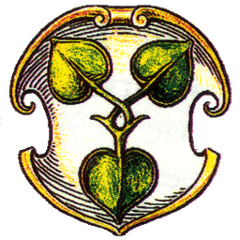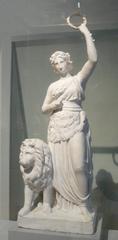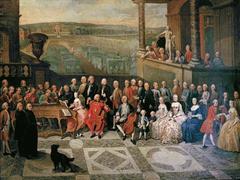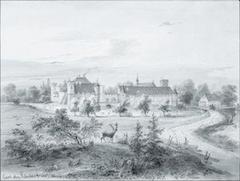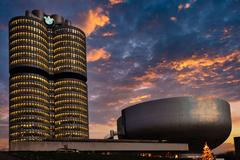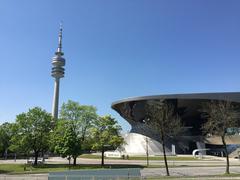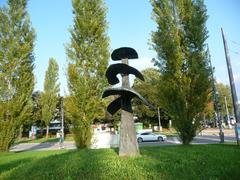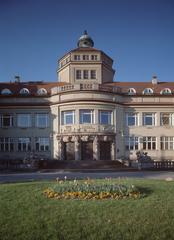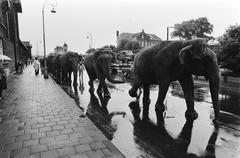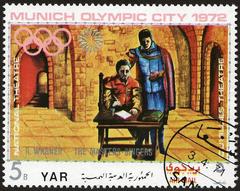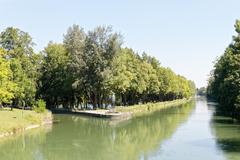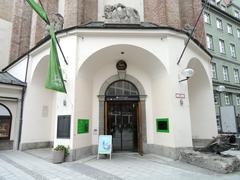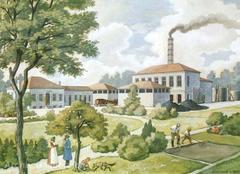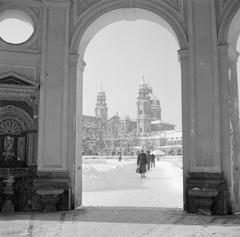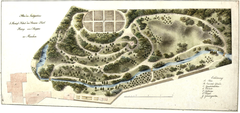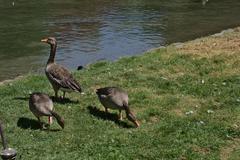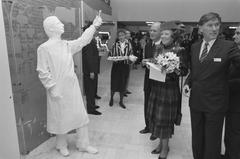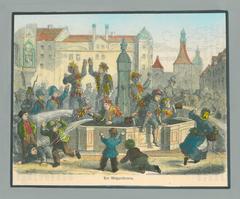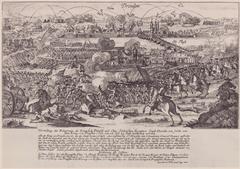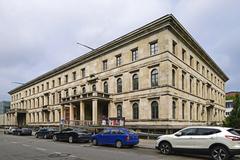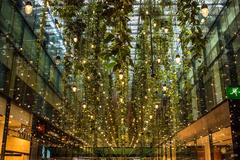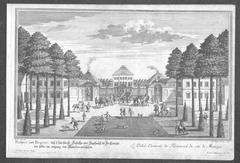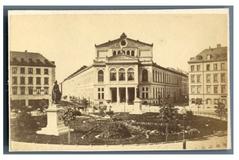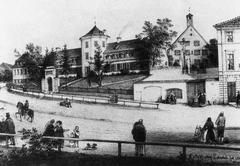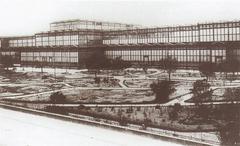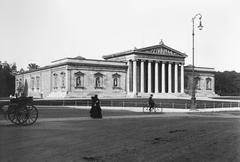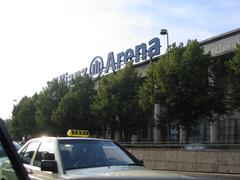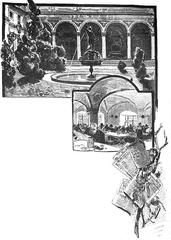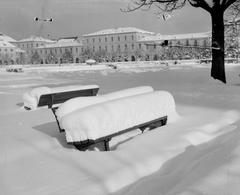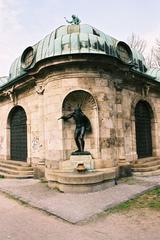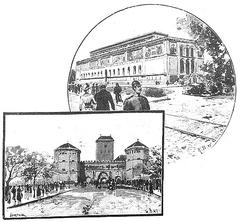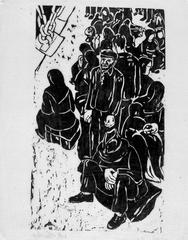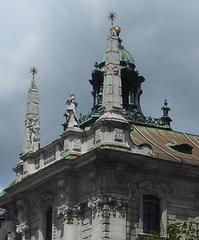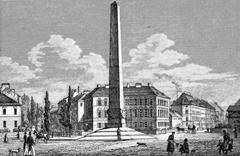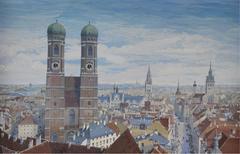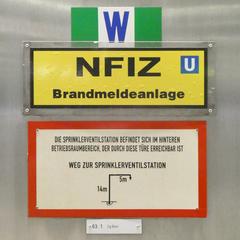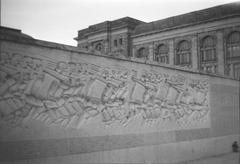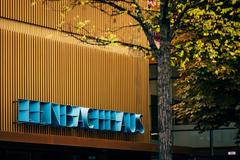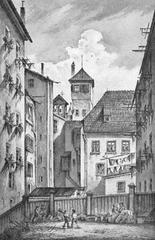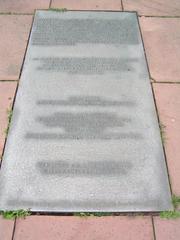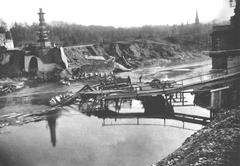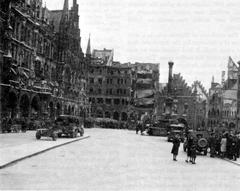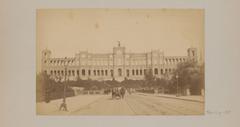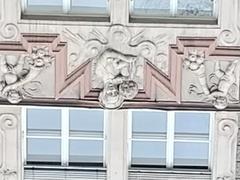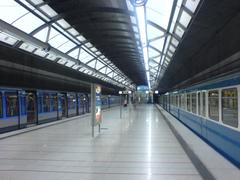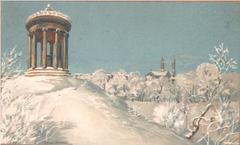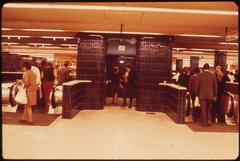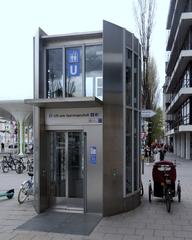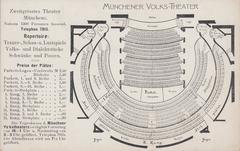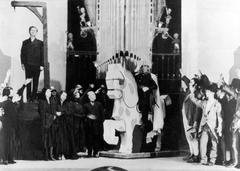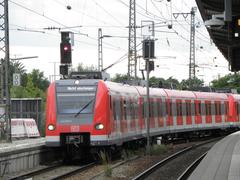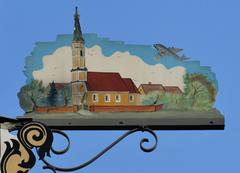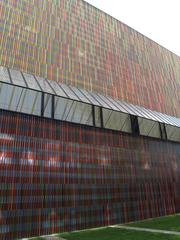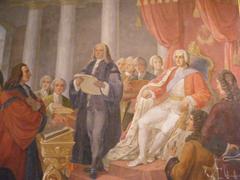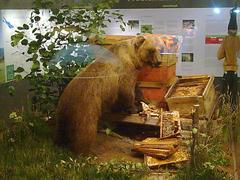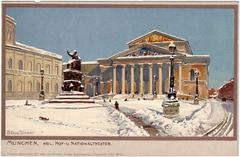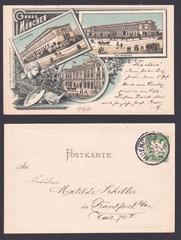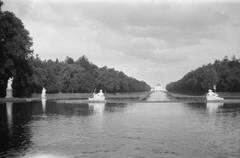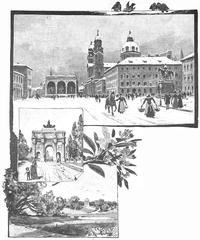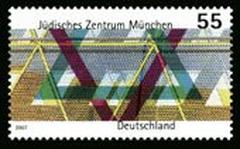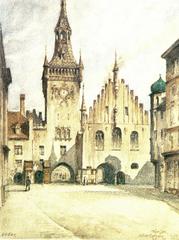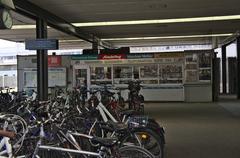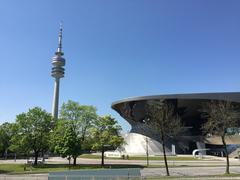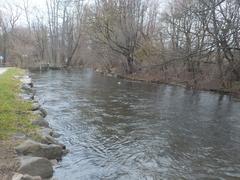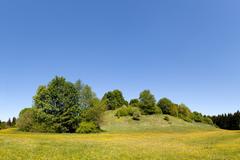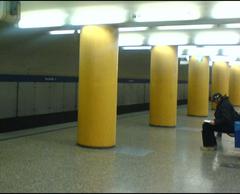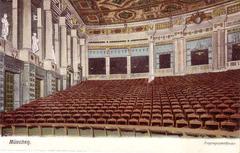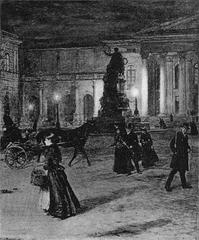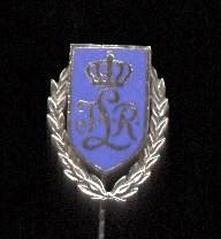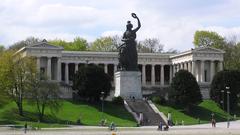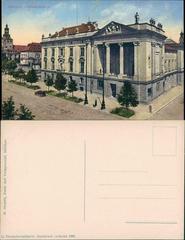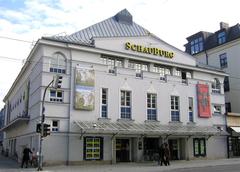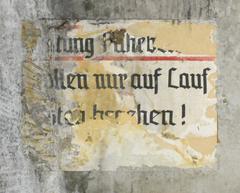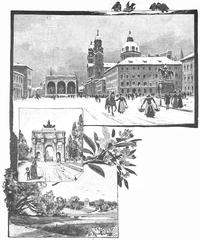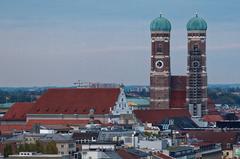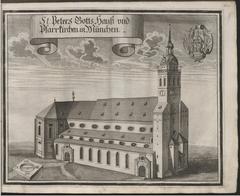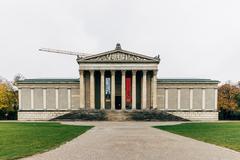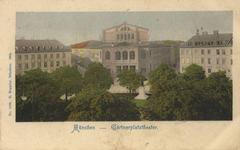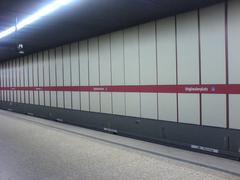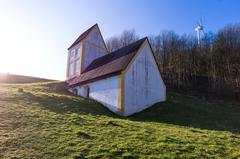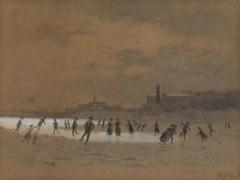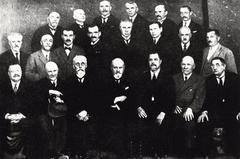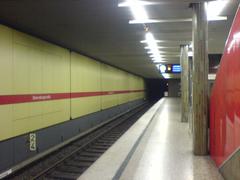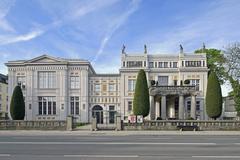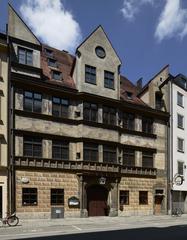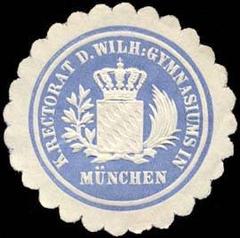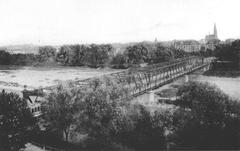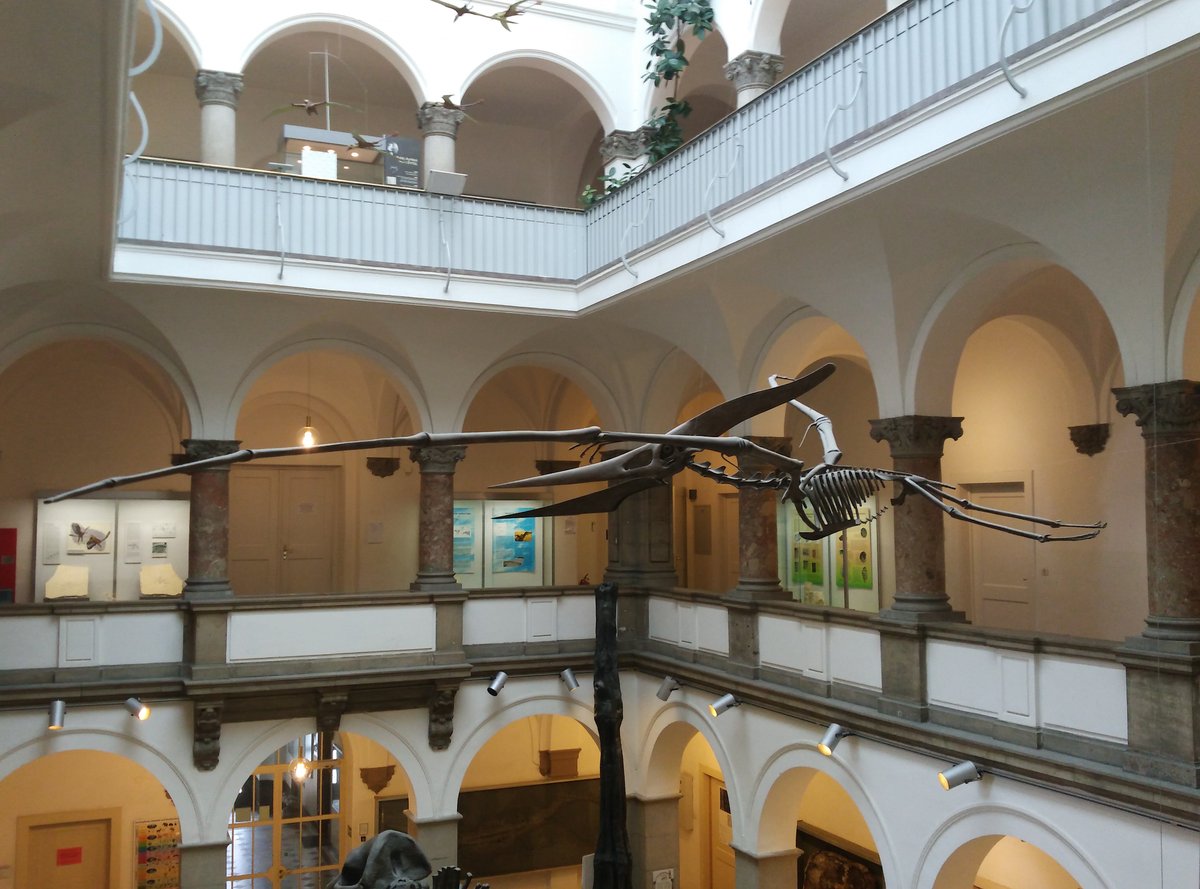
Comprehensive Guide to Visiting Paläontologisches Museum, Munich, Germany
Date: 24/07/2024
Introduction
The Paläontologisches Museum München, or Paleontological Museum Munich, is a premier destination for paleontology and natural history enthusiasts. With over two centuries of history and a close association with Ludwig-Maximilians-Universität, the museum boasts an extensive collection of fossils and geological specimens. From the early bird Archaeopteryx to towering dinosaur skeletons, the museum’s exhibits provide invaluable insights into the prehistoric past. In addition to research and education, the museum engages the public through interactive displays, temporary exhibitions, and various educational programs (SNSB, muenchen.de). This guide provides comprehensive information about the museum, from its historical significance and key exhibits to visitor tips and nearby attractions.
Table of Contents
- Introduction
- History and Significance
- Key Exhibits and Collections
- Educational and Research Contributions
- Visitor Information
- FAQ
- Conclusion
History and Significance
Origins and Development
The Paläontologisches Museum München has a storied history dating back to the 18th century. Its origins trace to the natural history collection of the “Churbaierische” Academy of Sciences, established in 1759, which laid the groundwork for the Bavarian Natural History Collections (SNSB). In 1843, the paleontological collection gained independence with Johann Andreas Wagner’s appointment as curator. The museum was then housed in the Alte Akademie on Neuhauser Straße and officially named the “Palaeontological Museum” (muenchen.de).
Architectural Significance
The museum resides in a building formerly the municipal school for Applied Arts, constructed approximately 150 years ago. This architectural gem adds to the museum’s allure, making it a point of interest not just for its exhibits but also for its historical and architectural value (SNSB).
Association with Ludwig-Maximilians-Universität
The museum is closely associated with Ludwig-Maximilians-Universität (LMU), one of Germany’s premier universities. This association enhances the museum’s role as a center for research and education in paleontology and geology. The museum also serves as a teaching facility for various LMU courses, contributing significantly to academic and scientific communities (muenchen.de).
Key Exhibits and Collections
Dinosaur Fossils
The museum is renowned for its extensive collection of dinosaur fossils. Highlights include the skeleton of a Plateosaurus from the Triassic period and a well-preserved Archaeopteryx fossil, crucial for understanding the link between dinosaurs and birds (Wikipedia).
Mammalian Fossils
The collection extends beyond dinosaurs to include various mammalian fossils, such as the woolly mammoth and saber-toothed cats. These exhibits offer a comprehensive view of mammalian evolution over millions of years (ingermany.wiki).
Marine Reptiles
Marine reptiles are another significant part of the museum’s collection, featuring ichthyosaurs, plesiosaurs, and mosasaurs that dominated the seas during the Mesozoic era. These exhibits showcase the diversity and adaptability of life in prehistoric oceans (ingermany.wiki).
Invertebrate Fossils
The museum also has an extensive collection of invertebrate fossils, including trilobites, ammonites, and brachiopods. These provide valuable information about the early history of life on Earth (Wikipedia).
Plant Fossils
The museum’s collection includes significant plant fossils that offer insights into the evolution of plant life and the changing environments over geological time (SNSB).
Educational and Research Contributions
The museum is a hub for ongoing research and education, regularly hosting engaging and interactive temporary exhibitions that focus on specific themes or topics in paleontology. It offers a range of educational programs, including workshops, lectures, and family activities. Guided tours by in-house scientists are available for groups and children (SNSB).
Visitor Information
Visiting Hours and Ticket Information
The museum is located at Richard-Wagner-Straße 10, 80333 Munich. It is open from 08:00 to 16:00 on weekdays and is closed on weekends and public holidays. Admission is free, making it accessible to a wide audience. However, the museum is not barrier-free, which may pose challenges for visitors with disabilities (muenchen.de).
Special Events and Guided Tours
The museum hosts special events such as the “Long Night of Munich Museums” and “Family Sundays,” which include guided tours and multimedia presentations. These events provide additional opportunities to engage with the museum’s collections and learn from experts (SNSB).
Nearby Attractions
The museum’s location in the Maxvorstadt district places it near other notable attractions, such as the Lenbachhaus, Glyptothek, and the NS Dokuzentrum, making it a key component of Munich’s rich cultural landscape (Lonely Planet).
Photographic Spots
The museum offers several excellent photographic spots, including the impressive dinosaur skeletons and the intricate architectural details of the building itself.
FAQ
Q: What are the visiting hours for the Paläontologisches Museum München?
A: The museum is open from 08:00 to 16:00 on weekdays and is closed on weekends and public holidays.
Q: Is there an admission fee for the museum?
A: No, the museum offers free admission.
Q: Are there guided tours available?
A: Yes, the museum offers guided tours by in-house scientists, including special tours for children and school groups.
Q: Is the museum accessible for visitors with disabilities?
A: Unfortunately, the museum is not barrier-free, which may pose challenges for visitors with disabilities.
Q: Are there any special events hosted by the museum?
A: Yes, the museum hosts special events such as the “Long Night of Munich Museums” and “Family Sundays.”
Conclusion
The Paläontologisches Museum München stands as a testament to Bavaria’s rich paleontological heritage and continues to be a beacon for research, education, and public engagement. Its extensive fossil collections, educational programs, and significant architectural heritage make it a must-visit for anyone interested in the history of life on Earth. Whether you’re a student, researcher, or simply a curious visitor, the museum offers a unique and enriching experience that bridges the past and the present (Wikipedia, ingermany.wiki).
References
- SNSB, n.d., Ludwig-Maximilians-Universität snsb.de
- muenchen.de, n.d., City of Munich muenchen.de
- Wikipedia, 2023, Wikimedia Foundation Wikipedia
- ingermany.wiki, n.d., Germany Wiki ingermany.wiki
- Lonely Planet, n.d., Lonely Planet Publications lonelyplanet.com
